 It can be hard to think about, and take on new design projects at this time of year. Maybe a little design inspiration is just the thing to pep you up and get you thinking about wrapping up those projects.
It can be hard to think about, and take on new design projects at this time of year. Maybe a little design inspiration is just the thing to pep you up and get you thinking about wrapping up those projects.
There’s a continued shift toward designs with more complex visual effects and these trends are no different with stacked text elements, glitchy video effects and artistic imagery.
Here’s what’s trending for the end of 2018:
1. Stacked Text
The days of the oversized, three-word homepage headline are numbered.
Designs are moving toward blocks of stacked text on the homepage. Visually, the weight of an oversized headline is still there. Informationally, there’s a lot more room for messaging. (Just don’t pack these headlines with unnecessary words.)
The key to making this design trend work is typeface selection. You need a font that’s easy to read and gives you plenty of room between lines (but not too much room). Typefaces with exceptionally long ascenders or descenders can be an issue here.
While designers are experimenting with all kinds of different typefaces, number of lines of stacked text, and alignments, there are plenty of all caps variations (that gets rid of the descender problem) and sans serifs. But don’t feel like this is a rule. Upper- and lowercase letters can look great in stacked blocks, as can serif typefaces.
When picking a typeface for this treatment, look for the following:
- Standard or medium x-height without long or elaborate swatches or flourishes. These characters can cause readability concerns in blocks of text.
- Regular shapes that aren’t too condensed or flattened. You know you are close when the bowls of each “o” is fairly round.
- Lettering with a style that seems to take on the mood of its surroundings. A font with too much personality here could overpower the actual words.
2. Glitchy Video
Wait…that video is glitchy…on purpose?
While it used to be that glitchy video was a result of a slow internet connection or page load speed, glitchy video is a trend. Maybe we can attribute it to things like TikTok, a growing social media platform that uses this technique. Maybe we can attribute it to the fact that it stops users and makes them look. (Even if they might ask if that’s supposed to happen or not.)
Either way, glitchy video effects are a definite web design trend.
They might happen in the form of background video with distortions or glitch effects, animations that are activated by a hover or click with the same jerky movements or can seem totally random in a full-screen video.
The evolution of glitch effects might also trace to the rise of brutalism. This “harsh” design technique has a similar feel as many of the brutalist designs that we’ve seen.
When planning to use video in a way that’s glitchy or distorted, it’s important to use the trend in a way that has some purpose or intent. If the video just looks poorly created or bad, users will be turned off rather than intrigued by the design.
It also takes a certain type of content for this effect to really have an impact. It is a gritty visual. It won’t mesh with soft content.
The effect is often paired with more minimalist design frameworks and often doesn’t include a while lot of color. (Probably because the “trick” in the design is the glitch effect. With too many other things going on, it could turn into a design disaster quickly.)
If you want to try a glitch effect, opt for a simple design pattern and use it in a way that matches content. (My favorite of the examples below is Studio Digital Creatif, which has a very old-school feel where the glitchy video seems like a television screen from decades past.)
3. Almost Abstract Art
Exercise your creative muscles with more artistic representations on website homepages. While these designs might seem best suited for art galleries, abstract art is finding its way into a number of projects. (And it’s a trend we can get onboard with.)
What’s nice about this trend–and concept–is that it can be accomplished in so many different ways. Each of the examples below takes a different approach to using almost abstract art in the design.
- Montreal in Motion uses moving colored blobs to pull you into the design. It looks a little like water moving or maybe colors in the evening sky. Either way the artistic quality of the background draws users in.
- Barkli Gallery uses an actual piece of art to draw users into the design. This is an appropriate use for a gallery, but what’s nice is that the art isn’t showed full-screen in its entirety. You only see a portion of the image, giving it an even more abstract feel.
- Wildsmith Skin uses a split screen design with a person on the left and an abstract image for balance on the right. You might think the abstract image is a cellular-level view of skin or maybe a look at the product under a magnifying glass. Either way it creates a nice harmony with the main image and generates a lot of visual interest.
Conclusion
When in comes to design trends, do you like to be ahead of the curve or a little behind it? The examples above are pushing some of the boundaries of what has been popular visually for a while, with fresh takes on everyday ideas.
What trends are you loving (or hating) right now? I’d love to see some of the websites that you are fascinated with. Drop me a link on Twitter; I’d love to hear from you.
| Add Realistic Chalk and Sketch Lettering Effects with Sketch’it – only $5! |
from Webdesigner Depot https://www.webdesignerdepot.com/2018/11/3-essential-design-trends-december-2018/
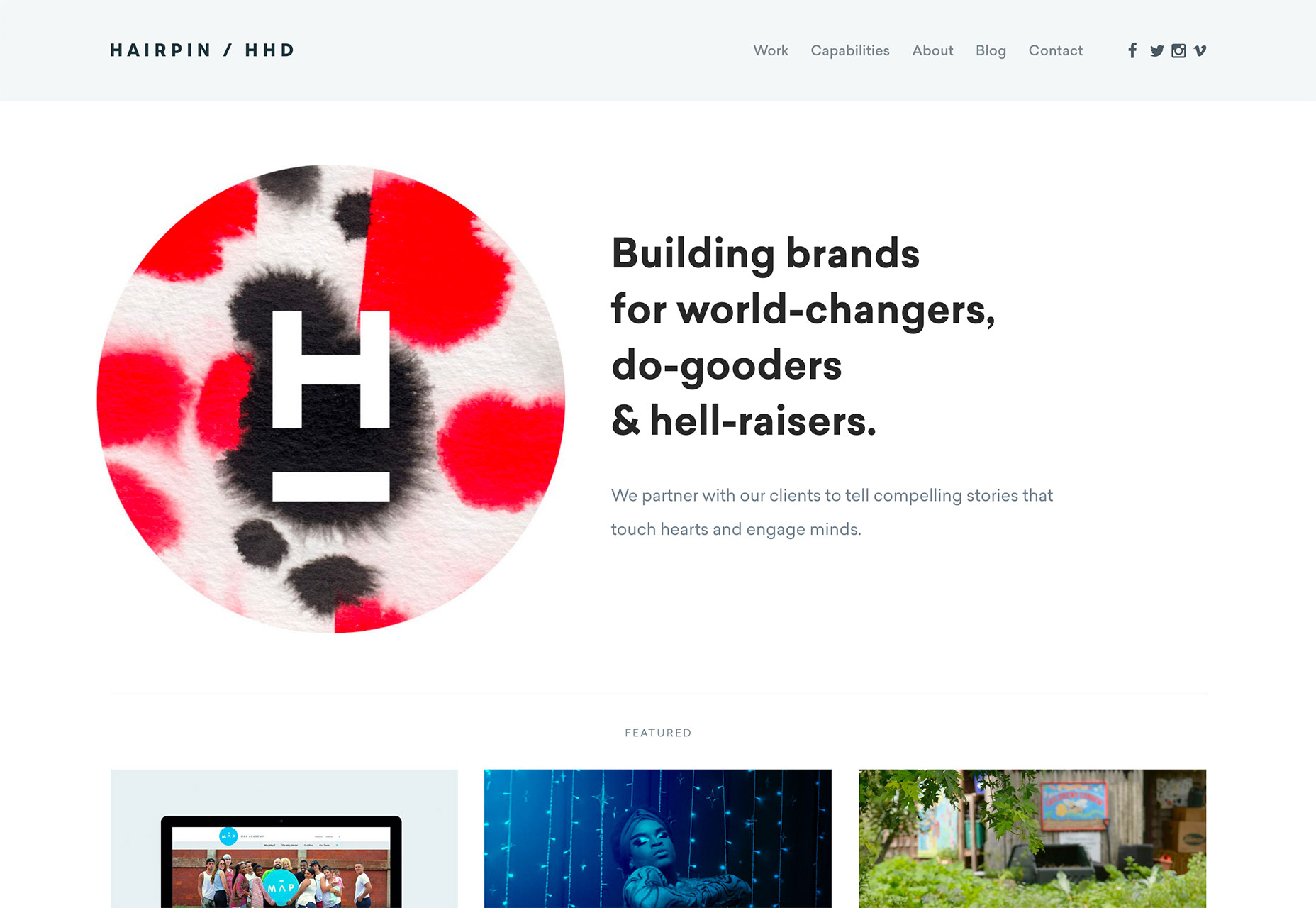
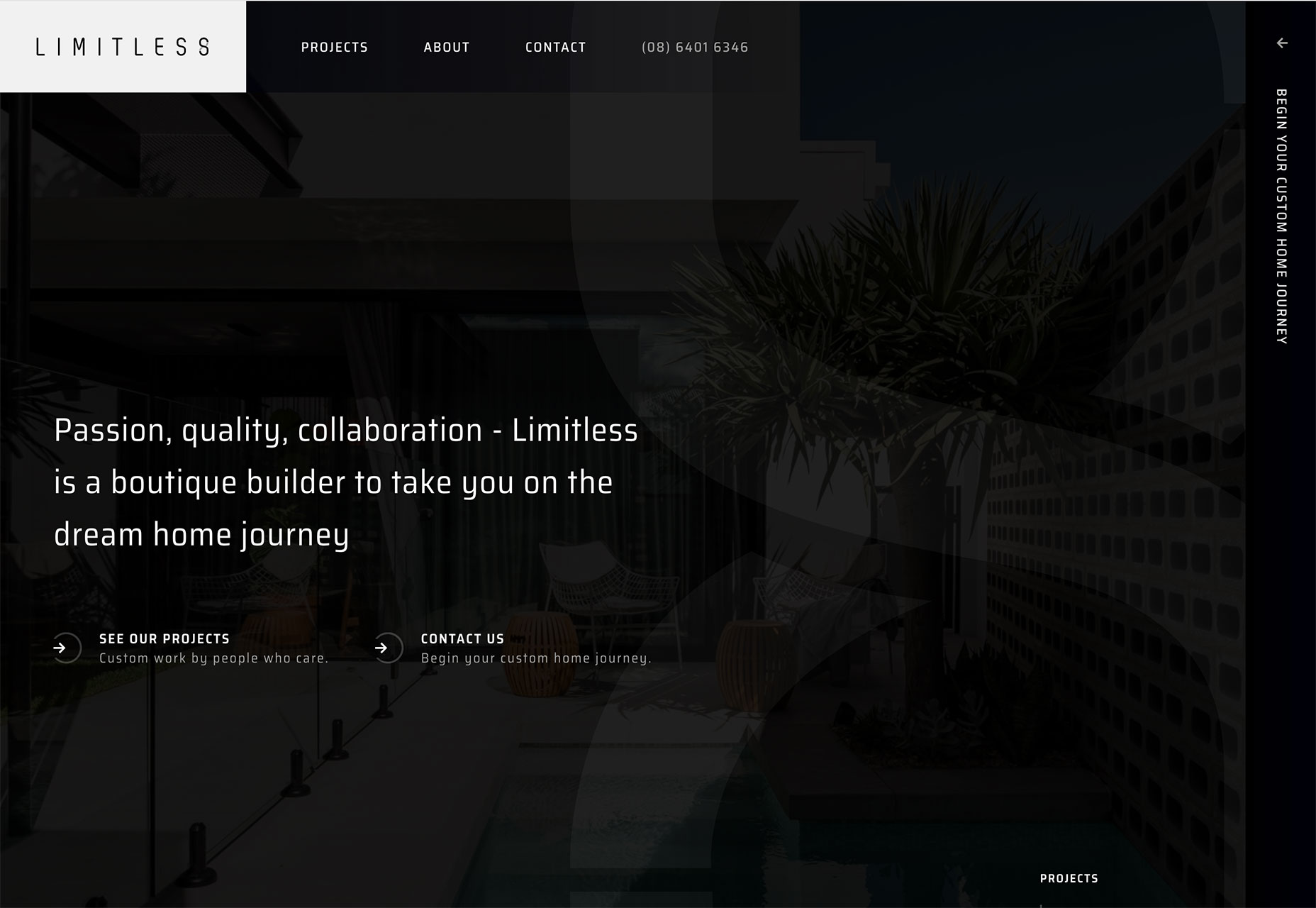
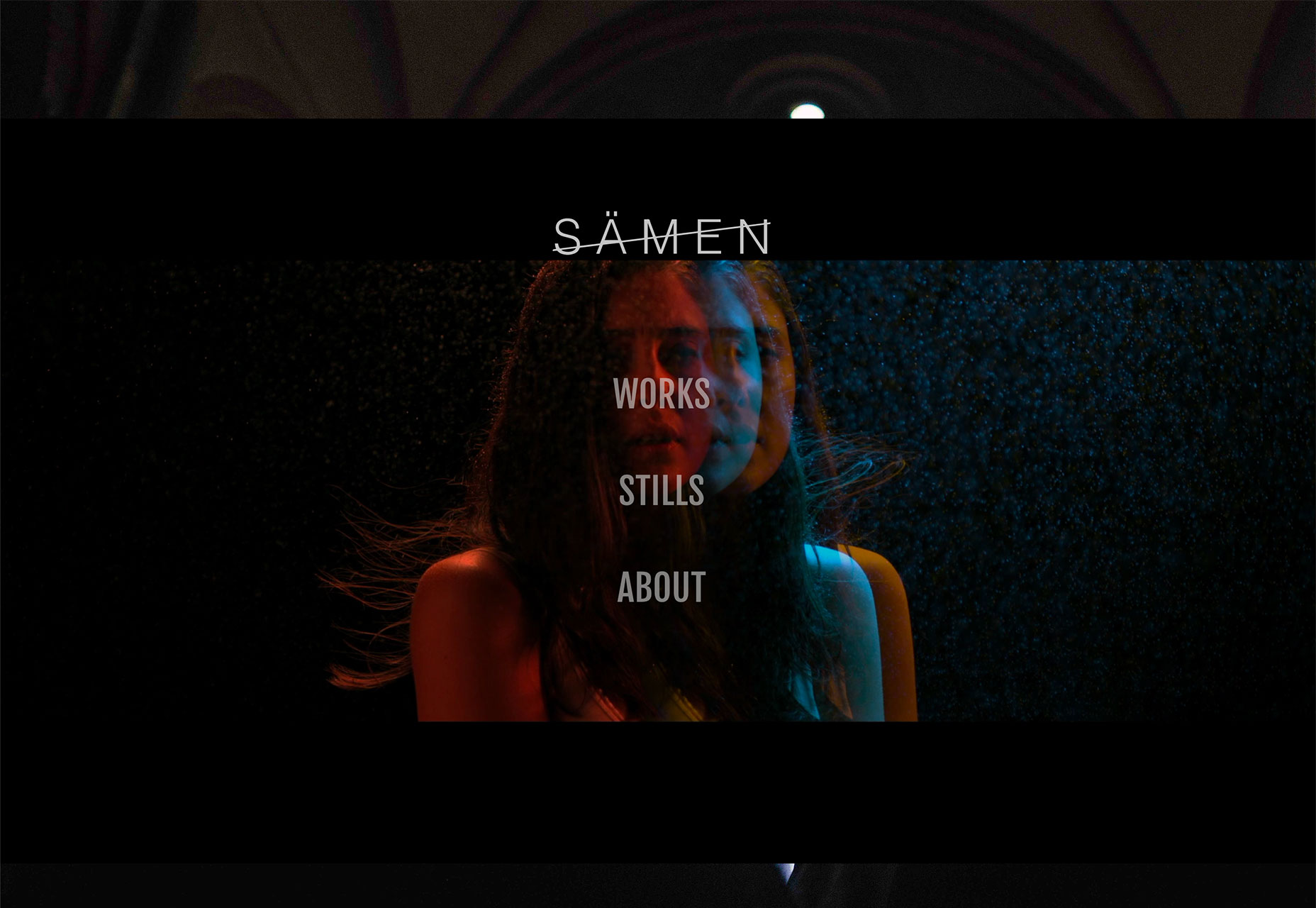

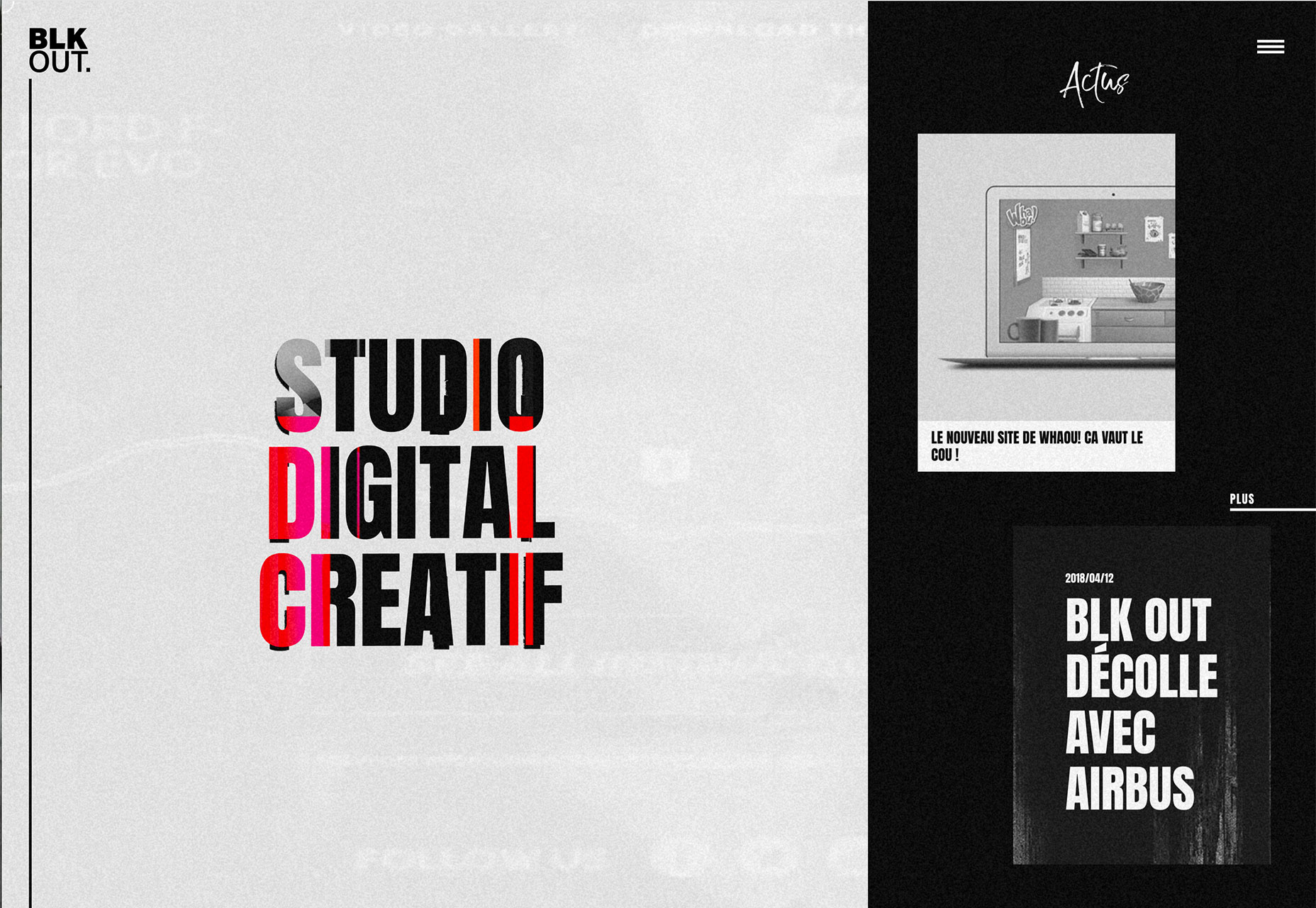
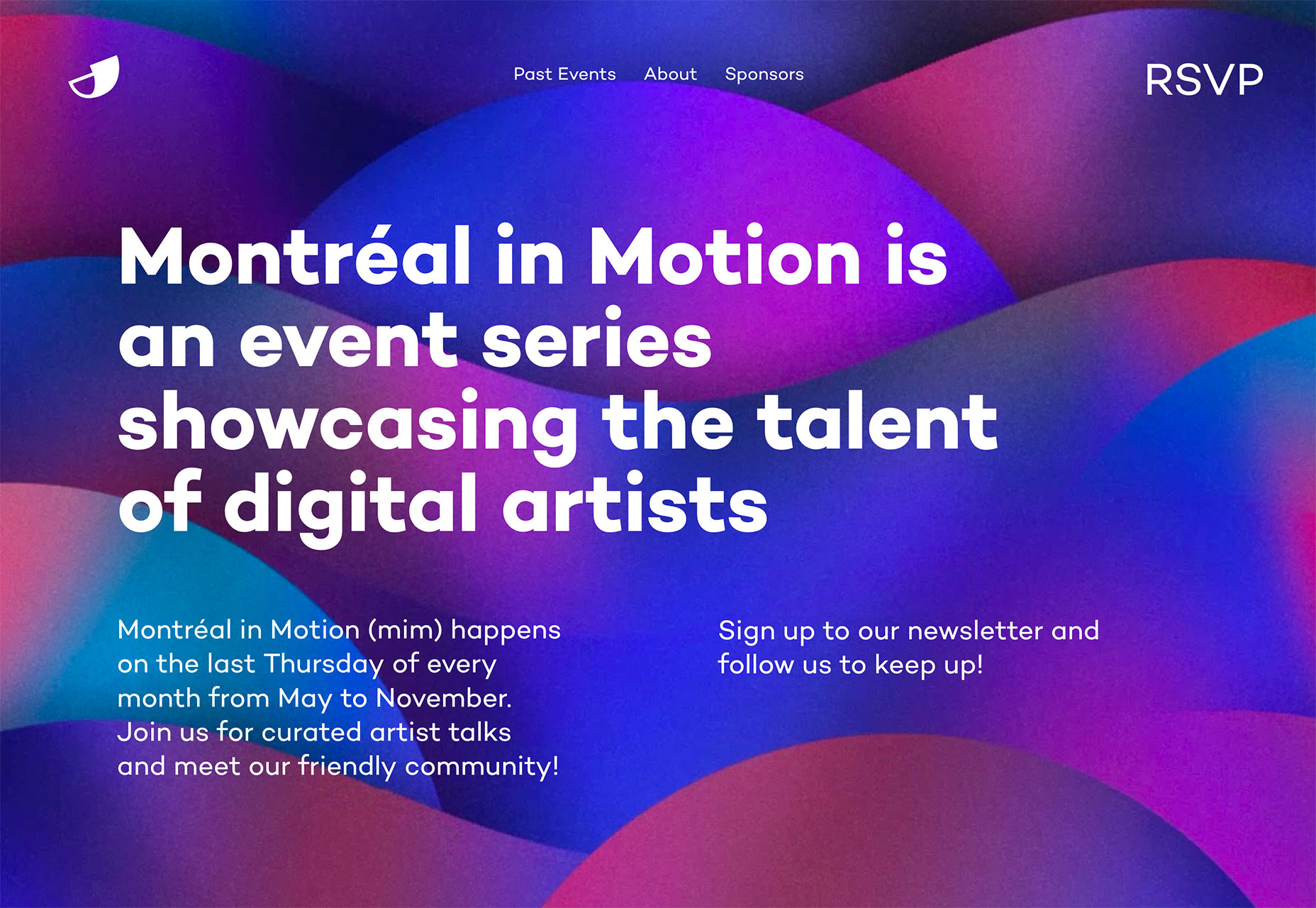
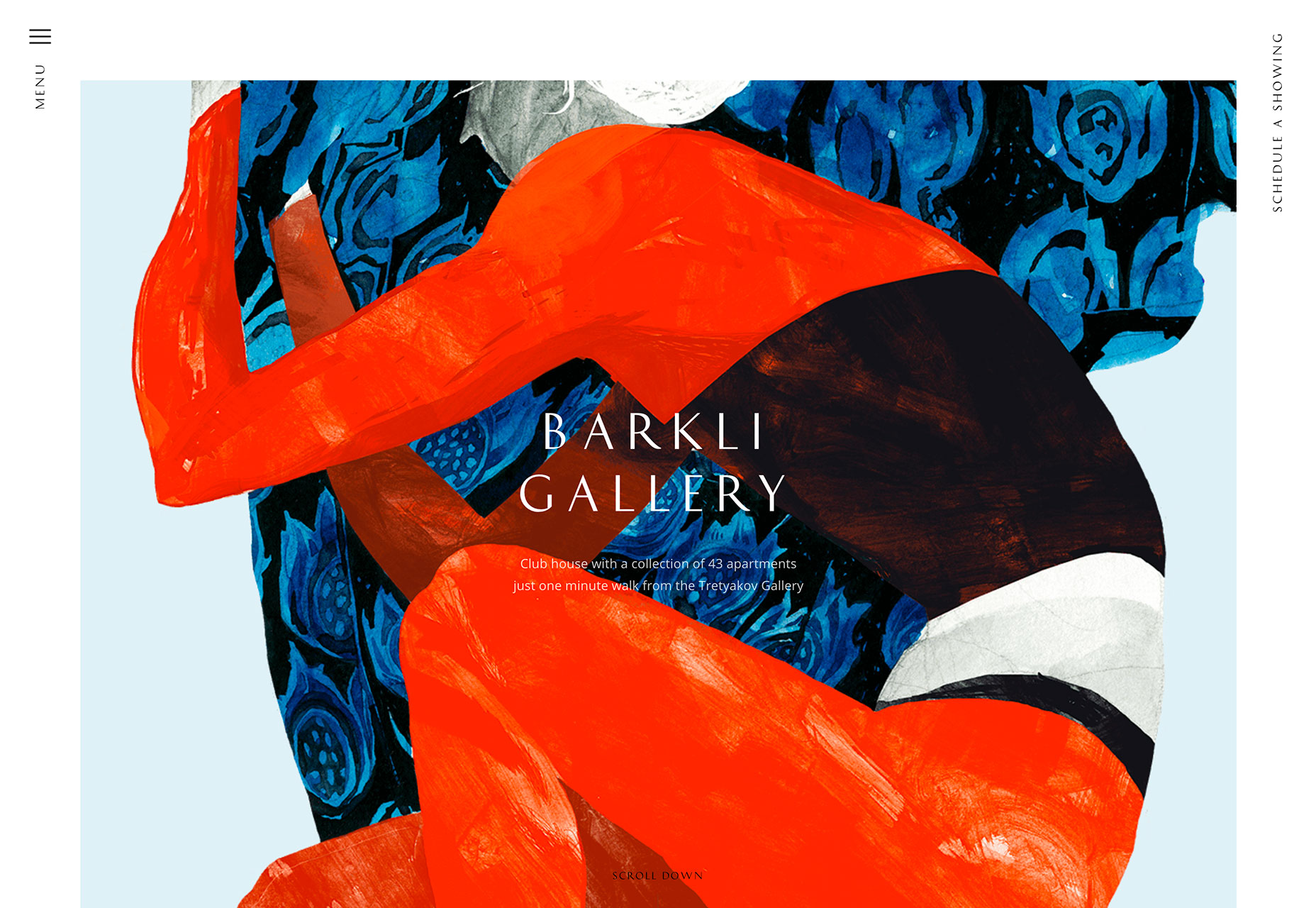
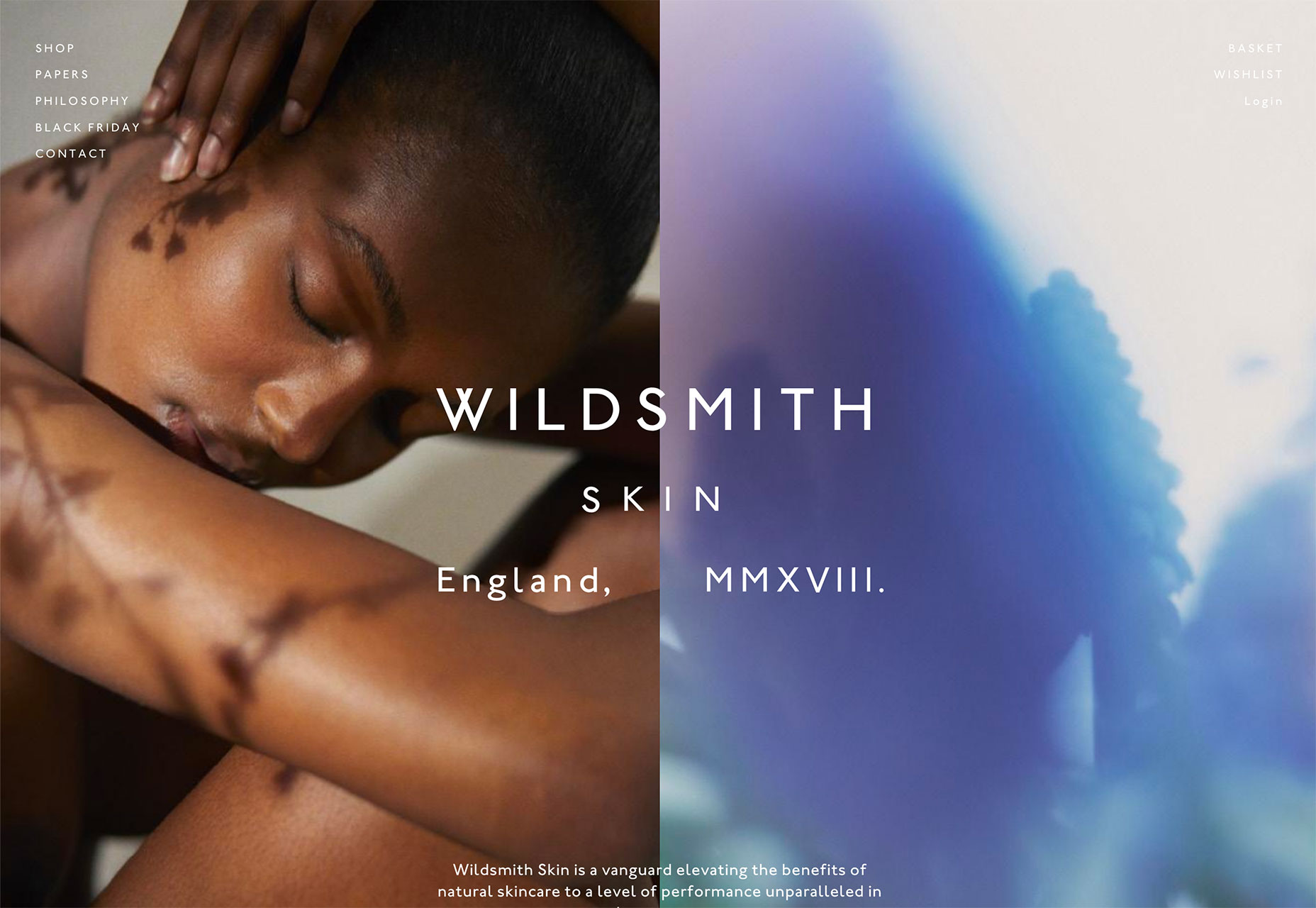
No comments:
Post a Comment